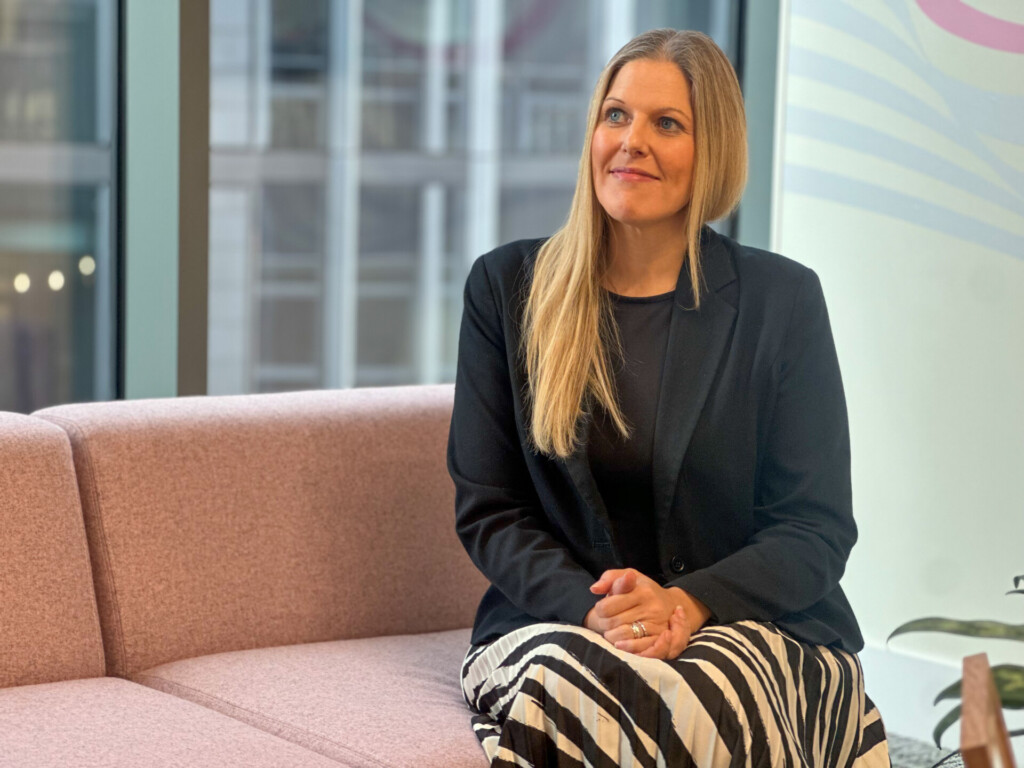A landmark legal case concerning an appeal over the ownership of nearly £78m held by a divorcing couple has concluded.
Vivienne Middleton, partner and acting head of the Family team at Lodders, explores the case and its implications for divorcing couples in the UK.
In the long-awaited Standish v Standish judgment, Lord Burrows delivered the Supreme Court’s unanimous decision to dismiss an appeal brought by Anna Standish over the ownership of £77.8m which was transferred to her in 2017 by her ex-husband Clive Standish.
Standish v Standish case
The case concerns the divorce of Mr Standish and Mrs Standish, who married in 2005 and separated in 2020. At the time of separation, the marital assets were estimated to be around £132m. A large proportion of these assets were derived from wealth Mr Standish had gained before the marriage.
In 2017, Mr Standish transferred the sum of £77.8m to his wife to establish trusts benefitting their two children and to mitigate inheritance tax responsibilities.
When the marriage broke down, Mrs Standish argued the sharing principle applied and she was entitled to a proportion of the £77.8m assets as they had become matrimonial property.
In subsequent financial remedy proceedings, the judge, at first instance, found the assets were matrimonial property and divided the total assets 60/40 in Mr Standish’s favour, partly in recognition of the pre-marital origin of some of the wealth. Consequently, Mrs Standish was awarded assets worth £45m.
Both parties appealed. The Court of Appeal ruled that at least 75% of the 2017 assets were not matrimonial and reduced the wife’s award to £25m. This remains the highest reduction to a matrimonial award ever ordered by the English court.
Dissatisfied with this result, Mrs Standish appealed the decision to the Supreme Court, arguing that the Court of Appeal placed too much weight on her former husband being the primary source of the 2017 assets.
Supreme Court ruling
The Supreme Court unanimously found the assets did not constitute matrimonial property and were therefore not subject to the ‘sharing principle’ applied to matrimonial assets in divorce settlements.
As a result, the Court ruled that the husband should retain 75% of the 2017 assets, in addition to half of the remaining 25%. Only 25% was deemed matrimonial property and thus subject to division upon divorce.
Matrimonial assets are those acquired by a couple during their marriage and are generally subject to equal division or the “sharing principle” in the event of divorce.
Departures from equality based on need and compensation will continue to apply.
Non-matrimonial assets include those acquired by one spouse before the marriage, such as inheritance or as a gift, and are typically not subject to the sharing principle in a divorce. Those non-matrimonial assets can however become “matrimonial” property, based on the treatment of those assets by the parties, over time, during their marriage.
Implications of the ruling
The ruling in the case of Standish v Standish provides clarity for how non-matrimonial assets are treated in high value divorces. The case also has broader implications for all divorcing couples in the UK in relation to the division of assets, as all assets – whether these are savings or property or otherwise – can be subject to matrimonialisation during a marriage.
Ultimately, the ruling confirms that a transfer of assets does not necessarily mean that non-matrimonial property becomes matrimonial property. Instead, the key consideration is how the assets were treated by the parties during the marriage, i.e. whether they were regarded as shared.
Steps taken by parties with the intention of mitigating tax during their happy marriage, can give rise to unwelcome, unintended consequences in the event of divorce.
Financial decisions made by parties on a day-to-day basis, can result in “non-matrimonial” property becoming “matrimonialised” over time and therefore shared upon divorce, for example:
- Using inherited wealth to clear a joint mortgage or purchase a jointly owned property.
- Transferring non-matrimonial funds into a joint bank account.
- Appointing a spouse to a role in a company, such as director and/or shareholder.
- Securing a joint mortgage over a property previously held in one parties’ name.
Defining and recording the intention behind financial transactions has become more significant. There was no evidence of any intention on Mr Standish’s part to share the £77.8m assets with Mrs Standish, quite the contrary, his intentions were based on professional tax advice, to create a trust for the benefit of the children.
The source of the asset, the origin of the funds, not the “title” of ownership of the asset is key. The court held, “Title alone is insufficient. What is required is a demonstrable intention to share and consistent treatment of the asset as jointly owned”.
The decision also underscores the vital importance of pre- and post-nuptial agreements for individuals looking to protecting their wealth from a sharing claim upon divorce.
Overall, the judgment provides private client lawyers and divorcing couples alike with long-awaited clarity on the application of the sharing principle.
Help and advice
The judgment in this case underlines the importance of seeking specialist legal advice during divorce proceedings, especially in cases where there is a financial imbalance between spouses.
At Lodders, our experienced Family law team understands that divorce can be a difficult process for the parties involved and that how assets are divided can have a significant impact on your future. Our divorce solicitors can guide you through this process, helping you secure a fair outcome.
Contact usContact us
Need more advice?
For help with a legal problem or more information on any of our services at Lodders, please get in touch with our friendly team. You can contact us via the number or email address below, or fill in the form and we will get back to you as quickly as we can.

Contact a member of the team
Read more
Other news, insights and events







